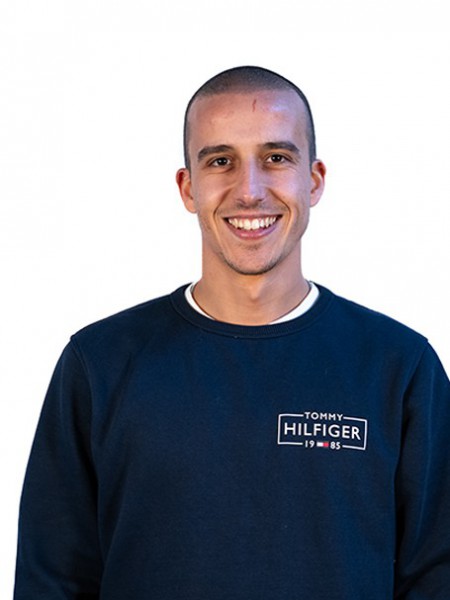resumo
The combination of in vitro models of biological membranes based on solid-supported lipid bilayers (SLBs) and of surface sensitive techniques, such as neutron reflectometry (NR), atomic force microscopy (AFM) and quartz crystal microbalance with dissipation monitoring (QCM-D), is well suited to provide quantitative information about molecular level interactions and lipid spatial distributions. In this work, cellular plasma membranes have been mimicked by designing complex SLB, containing phosphatidylinositol 4,5-bisphosphate (PtdIns4,5P2) lipids as well as incorporating synthetic lipo-peptides that simulate the cytoplasmic tails of transmembrane proteins. The QCM-D results revealed that the adsorption and fusion kinetics of PtdIns4,5P2 are highly dependent of Mg2+. Additionally, it was shown that increasing concentrations of PtdIns4,5P2 leads to the formation of SLBs with higher homogeneity. The presence of PtdIns4,5P2 clusters was visualized by AFM. NR provided important insights about the structural organization of the various components within the SLB, highlighting that the leaflet symmetry of these SLBs is broken by the presence of CD4-derived cargo peptides. Finally, we foresee our study to be a starting point for more sophisticated in vitro models of biological membranes with the incorporation of inositol phospholipids and synthetic endocytic motifs.
palavras-chave
SUPPORTED LIPID-BILAYERS; QUARTZ-CRYSTAL MICROBALANCE; SOLID-STATE NMR; PHOSPHOLIPID-BILAYERS; PHYSICAL-PROPERTIES; SILICA; DOPC; RECOGNITION; EXPLANATION; PI(4,5)P-2
categoria
Biophysics; Chemistry; Materials Science
autores
Pereiraa, D; Santamaria, A; Pawar, N; Carrascosa-Tejedor, J; Sardo, M; Mafra, L; Guzmán, E; Owen, DJ; Zaccai, NR; Maestro, A; Marín-Montesinos, I
nossos autores
Other
Capa
Mediaagradecimentos
The authors thank the Institut Laue-Langevin for the allocation of&beamtime and the Partnership for Soft Condensed Matter (PSCM) for the lab support. E.G. and A.M. acknowledge the financial support from MICINN under grants PID2019-106557GB-C21 and PID2021- 129054NA-I00, respectively. A.M. also acknowledges the financial support received from the IKUR Strategy under the collaboration agreement between Ikerbasque Foundation and Materials Physics Center on behalf of the Department of Education of the Basque Government. I.M.-M. acknowledges the EMBO organization for the EMBO Short -Term Fellowship 8740. D.J.O and N.Z acknowledge financial support from the Wellcome Trust (grant 207455/Z/17/Z) awarded to D.J.O. This work was developed within the scope of the project CICECO-Aveiro Institute of Materials, UIDB/50011/2020 and UIDP/50011/2020, financed by national funds through the Portuguese Foundation for Science and Technology/MCTES.






